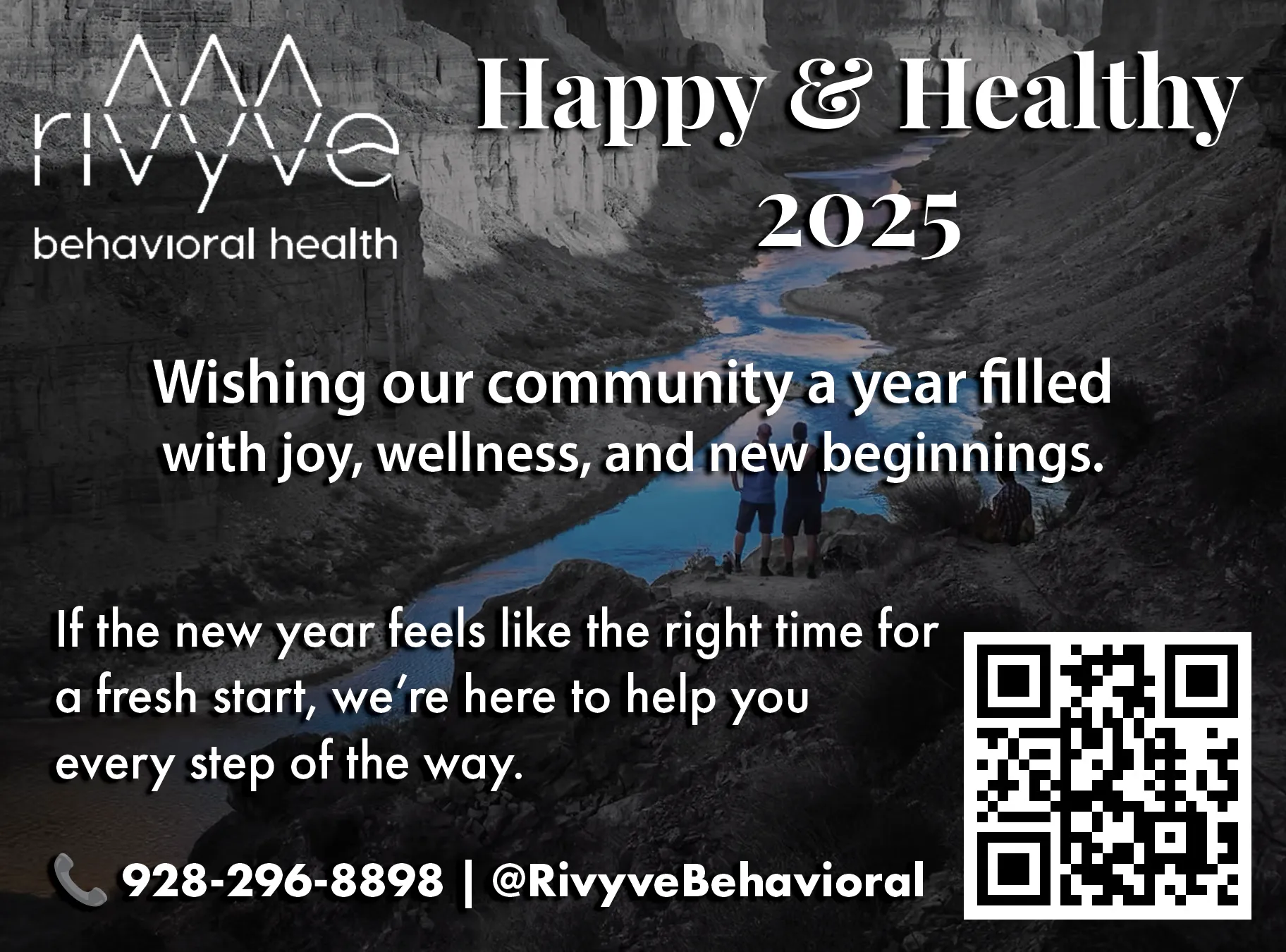As we move into the winter season, the days are shorter and the nights are longer—and colder. To stay cozy and warm indoors, it’s only natural to crank the thermostat up a few notches, but, if you aren’t mindful, these adjustments can also crank up your energy bills a bit more than you’d like. So, follow the guide below to determine what temperature to set the thermostat in the winter for a toasty environment and manageable heating bills.
Deciding on a comfortable temperature for your home depends largely on personal preferences. However, for smart energy usage, the Department of Energy, recommends setting the thermostat to around 68 F to 70 F during the winter while you’re awake and setting it lower while you’re asleep or away from home.
According to Angie Hicks, chief customer officer with Angi, to best understand the most energy-efficient and safest temperature for your home, you’ll want to consult the owners’ manual for your heating and cooling system or chat with a service technician.
“Most systems will have optimum temperature ranges to ensure that you’re using energy efficiently,” she says. “Additionally, to keep your home safe, you’ll want to make sure to regularly maintain your heating system.”
Also, turning the heat up with a dirty furnace and obstructed vents can definitely pose a fire risk. “Clean your furnace and ensure that vents are free of dust and debris,” continues Hicks.
Another important point, if your system is more than 15 years old, you may want to consider installing a high-efficiency replacement, she says. “Lastly, you definitely don’t want to deal with any frozen pipes, so make sure to keep the temperature in your home above at least 55 F [in the winter],” adds Hicks.
According to the U.S. Department of Energy, setting your thermostat back 10 to 15 degrees for eight hours at a time during the heating season can save you 5-15 percent in heating bills each year.
In addition to adjusting your thermostat, there are a number of other things that you can do to impact your energy bill in the winter. First, you’ll want to conduct a routine HVAC maintenance inspection, says Hicks. “You won’t benefit from the other energy-saving tips as much if your system isn’t working properly to begin with,” she continues.
Next, check for drafts, ensuring there are no gaps in windows, doors, and more. “In the winter, you’ll want to change your air filters every two or three months or as directed by the furnace or filter manufacturer,” adds Hicks. “Once you’ve changed your filters, make sure that all of your vents are clear and away from drapes, bookshelves and rugs, which might block airflow.”
It is possible to use your AC year round as long as the outside temperature is not below the recommended operating temperature, which is typically 60 degrees. Most AC manuals will also provide a minimum temperature to use the unit, Hicks explains.
Austyn Hoelter, merchant at The Home Depot in Atlanta, Georgia, says you can determine whether your heating unit needs repair by considering several factors. “Sometimes, heating and air conditioning systems may require repair rather than replacement,” Hoelter says.
According to Hoelter, here are the signs that you may need to service your HVAC system:
• The system is leaking around the outside unit.
• The air entering the house isn’t hot or cool enough.
• The unit is short-cycling or constantly turning on and off.
• Using the system consistently results in higher-than-normal energy bills.
• Excessive noise is happening during startup and operation.
If any of these issues are happening, it’s best to call a professional technician to service your HVAC unit.
Staying on top of your HVAC maintenance and being mindful of your temperature settings will help you save money in both the short- and long-term.
– Erika Lamberg (RS)
Tri-State Home, Garden & Lifestyle Show – Inspiration and Classic Cars Await
BULLHEAD CITY – Bullhead City’s premier event, the Tri-State Home, Garden & Lifestyle Show, is...
Read More





















